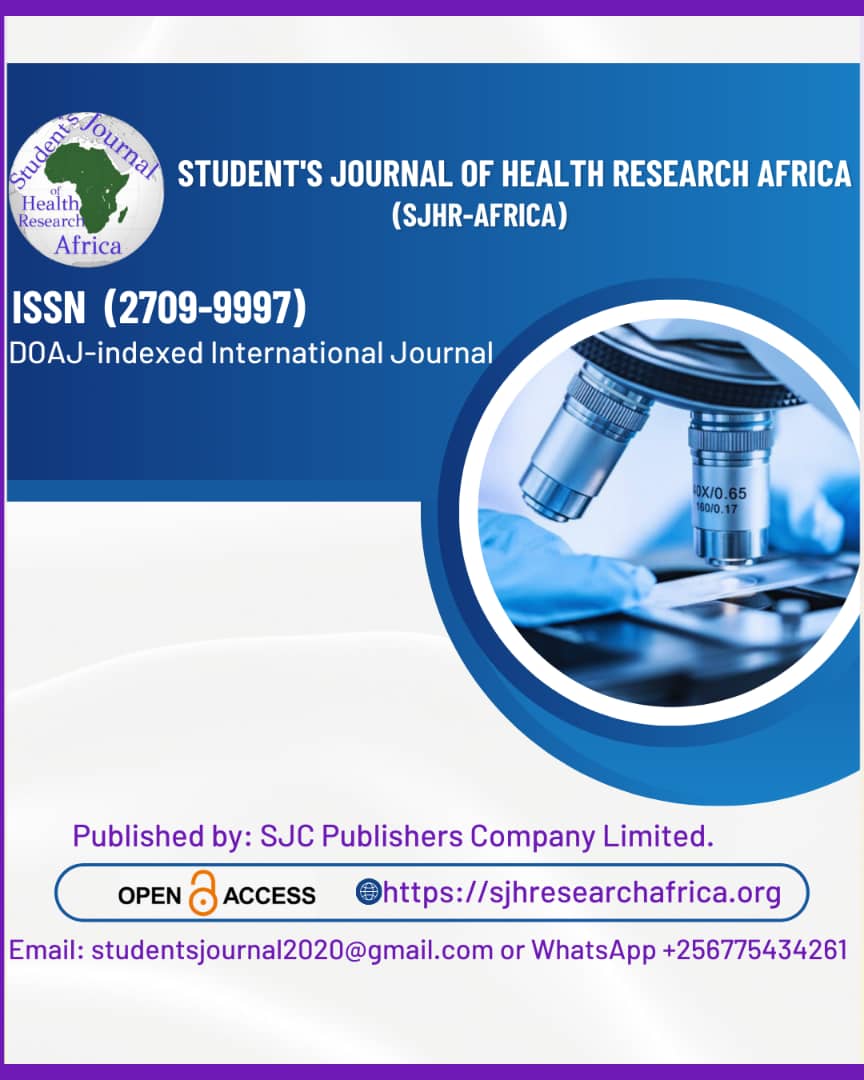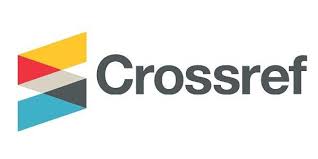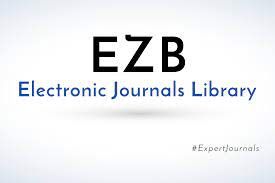Comparative evaluation of propofol and etomidate for laryngeal mask airway insertion and hemodynamic stability: A randomized controlled trial.
DOI:
https://doi.org/10.51168/sjhrafrica.v6i9.2121Keywords:
Propofol, Etomidate, Laryngeal Mask Airway, Hemodynamics, Airway Insertion, AnesthesiaAbstract
Background
The laryngeal mask airway (LMA) is widely used in modern anesthesia practice, and successful insertion requires adequate suppression of airway reflexes with minimal hemodynamic disturbances. Propofol is considered the standard induction agent but is associated with hypotension, whereas Etomidate offers cardiovascular stability, though insertion conditions may be suboptimal.
Aim: To compare the ease of LMA insertion and hemodynamic responses following induction with intravenous Propofol and Etomidate.
Methods
This prospective randomized double-blind study included 62 ASA I–II patients aged 18–50 years, undergoing elective surgeries at CARE Hospitals, Visakhapatnam. Participants were randomly assigned to receive either Propofol (2 mg/kg; n=31) or Etomidate (0.3 mg/kg; n=31) for induction. Ease of LMA insertion was evaluated using predefined parameters (mouth opening, gagging, coughing, head/limb movements, and laryngospasm). Hemodynamic variables (heart rate, systolic and diastolic blood pressure) were recorded at baseline and 30 seconds post-induction.
Results
The mean age was 32.1 ± 8.0 years; both groups were comparable in gender (Propofol 58% male vs. Etomidate 55% male), weight (61.2 ± 9.6 kg vs. 60.4 ± 8.8 kg), and ASA status (Grade I: 67.7%, Grade II: 32.3%). Propofol achieved better insertion conditions with higher adequate mouth opening (93.5% vs. 71.0%, p=0.02), absence of gagging (90.3% vs. 61.3%, p=0.01), and first-attempt success (93.5% vs. 74.2%, p=0.04). However, Propofol caused significant post-induction hypotension (SBP 124 → 98 mmHg; p<0.001), while Etomidate maintained stable hemodynamics.
Conclusion
Propofol provides better ease of LMA insertion with higher first-attempt success but is associated with significant hypotension. Etomidate, although hemodynamically stable, offers less favorable insertion conditions. The choice between the agents should therefore balance airway insertion ease against cardiovascular safety.
Recommendations
Propofol is preferred for healthy patients; Etomidate is recommended in cardiovascularly vulnerable individuals to balance airway management and hemodynamic stability.
References
Lin YJ, Chen SL, Zheng XL, Yu S, Lu LY. Dose-response study of propofol combined with two different doses of esketamine for laryngeal mask airway insertion in women undergoing hysteroscopy. Heliyon. 2024 Apr 30;10(9):e30511. Doi: 10.1016/j.heliyon.2024.e30511. PMID: 38765139; PMCID: PMC11101821.
Shetabi H, Montazeri K, Ghoodjani Y. A Comparative Study of the Effect of Anesthesia Induction with the Use of Four Drug Combinations Including "Propofol," "Etomidate-Propofol," "Thiopental," and "Midazolam-Thiopental" on Hemodynamic Changes during the Insertion of Laryngeal Mask in Eye Surgery. Adv Biomed Res. 2022 Feb 28;11:11. https://doi.org/10.4103/abr.abr_152_20 PMid:35386541 PMCid:PMC8977609
Jayaram K, Gurajala I, Kumar A, Durga P, Tejasri K. Effect of etomidate and propofol on airway mechanics during induction - A prospective randomized trial. J Anaesthesiol Clin Pharmacol. 2023 Jul-Sep;39(3):482-487. https://doi.org/10.4103/joacp.joacp_534_21 PMid:38025560 PMCid:PMC10661644
Tang S, Lu J, Xu C, Wei L, Mei S, Chen R, Meng QT. Feasibility and Safety of Remazolam versus Propofol When Inserting Laryngeal Masks Without Muscle Relaxants During Hysteroscopy. Drug Des Devel Ther. 2023 May 1;17:1313-1322. https://doi.org/10.2147/DDDT.S408584 PMid:37152102 PMCid:PMC10162397
Wan C, Hanson AC, Schulte PJ, Dong Y, Bauer PR. Propofol, Ketamine, and Etomidate as Induction Agents for Intubation and Outcomes in Critically Ill Patients: A Retrospective Cohort Study. Crit Care Explor. 2021 May 24;3(5):e0435. https://doi.org/10.1097/CCE.0000000000000435 PMid:34046636 PMCid:PMC8148417
Giri SK, Mohapatra PS, Senapati LK, Mishra K. A Comparison of Hemodynamic Changes Between the Use of Etomidate and Propofol as Induction Agents for Anesthesia in Daycare Surgeries. Cureus. 2022 Dec 12;14(12):e32421. doi: 10.7759/cureus 32421. PMID: 36644056; PMCID: PMC9832317.
Baradari AG, Alipour A, Habibi MR, Rashidaei S, Emami Zeydi A. A randomized clinical trial comparing hemodynamic responses to ketamine-propofol combination (Ketofol) versus etomidate during anesthesia induction in patients with left ventricular dysfunction undergoing coronary artery bypass graft surgery. Arch Med Sci. 2017 Aug;13(5):1102-1110. doi: 10.5114/aoms.2016.63193. Epub 2016 Oct 25. PMID: 28883852; PMCID: PMC5575215.
Hosseinzadeh H, Golzari SE, Torabi E, Dehdilani M. Hemodynamic Changes following Anesthesia Induction and LMA Insertion with Propofol, Etomidate, and Propofol + Etomidate. J Cardiovasc Thorac Res. 2013;5(3):109-12. doi: 10.5681/jcvtr.. 2013.023. Epub 2013 Oct 5. PMID: 24252986; PMCID: PMC3825398.
Saricaoglu F, Uzun S, Arun O, Arun F, Aypar U. A clinical comparison of etomidate-lipuro, propofol, and admixture at induction. Saudi J Anaesth. 2011 Jan;5(1):62-6. https://doi.org/10.4103/1658-354X.76509 PMid:21655019 PMCid:PMC3101756
Kadu N, Agaskar RD. Comparative evaluation of propofol and etomidate for ease of insertion of the laryngeal mask airway and hemodynamic stability. Int J Pharm Clin Res. 2024;16(2):896-902.
Ghafoor HB, Afshan G, Kamal R. General anesthesia with laryngeal mask airway: etomidate vs propofol for hemodynamic stability. Open J Anesthesiol. 2012;2(4):161-5. https://doi.org/10.4236/ojanes.2012.24036
Forman SA. Clinical and molecular pharmacology of etomidate. Anesthesiology. 2011 Mar;114(3):695-707. https://doi.org/10.1097/ALN.0b013e3181ff72b5 PMid:21263301 PMCid:PMC3108152
Downloads
Published
How to Cite
Issue
Section
License
Copyright (c) 2025 Dr. Haritha Gundeboyina, Dr.Harikrishna Gulipalli, Dr. Pigilam Siddarth

This work is licensed under a Creative Commons Attribution-NonCommercial-NoDerivatives 4.0 International License.





















